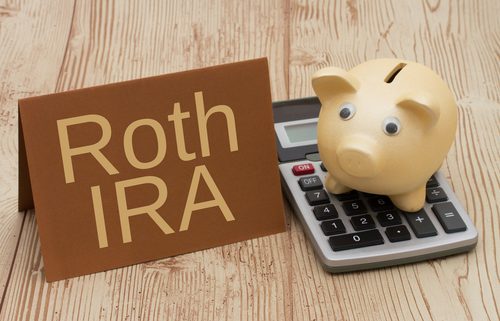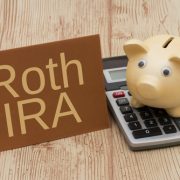Do You Need a Self-Directed Roth IRA?
A Self-Directed Roth IRA can be one of the most beneficial ways for people to save up for retirement. Not only does this tax-advantaged account use after-tax dollars to invest in retirement assets, but the ability to Self-Direct opens up all sorts of possibilities for retirement investing according to the way you want to invest. But what does it look like in practice? And how can you tell if you need a Self-Directed Roth IRA? Here are some ways to know.
Do You Need a Self-Directed Roth IRA?
First, let’s address the context of the question. Although you don’t necessarily need any particular strategy to have a great retirement, it doesn’t mean that you should go without a Self-Directed Roth IRA. The real question is whether one is right for you and might be the best way for you to build up your investment portfolio so you can enjoy a prosperous retirement. With that in mind, let’s look at some of the situations in which it can be ideal to have a Self-Directed Roth IRA:
For people who anticipate earning more money during retirement
- One of the great benefits of the Roth IRA is that it allows investors to save up money for the long term through after-tax contributions. This means that you don’t get tax savings upfront, but you do get tax savings on the backend. If you anticipate having a lot of money in retirement in the future, this will benefit you more overall by having a Roth IRA—it means that the savings will be that much more substantial.
People who want an independent retirement account that isn’t connected to an employer
- You might have an employer-sponsored 401(k) plan, for example. But if you have your own Self-Directed Roth IRA, you have an account you can easily take with you no matter where you work. You may even work for yourself or begin a self-employed career; you can still maintain the Roth IRA. A Self-Directed Roth IRA also opens up all sorts of additional investment avenues that you might not have considered before.
Those who want more investment freedom
- You can invest in a great deal of things with your personal finances. But if you want to use the tax-advantaged account for a type of asset you have experience in, like real estate, this provides you with a fantastic opportunity to do so. It’s true that’s the case for other accounts as well. For example, you can use a 401(k) that’s Self-Directed (A Self-Directed Solo 401(k)) toward real estate assets. This gives you plenty of freedom. However, if you want the specific benefits of the Roth IRA, a Self-Directed Roth IRA can be an ideal retirement investment vehicle.
For investors that are worried about future tax rates
- It is no secret that the government is running an overwhelming deficit. It is not unreasonable to assume that future tax rates will be FAR higher. If that scenario becomes our future reality, you will not want to pay taxes on your future distributions. Paying the taxes before you contribute money can be far more tax efficient than paying on the way out in the future.
What Can a Self-Directed Roth IRA Do?
A Self-Directed Roth IRA gives you a lot of control in retirement. This is particularly due to the Roth IRA’s after-tax nature, which means that investors do not have to take RMDs, or required minimum distributions, out after a certain age. After all, the taxes on the contributions to the Roth IRA have already been paid at this point. For this reason, a Roth IRA is an especially practical and flexible tool for retirement investing.
Interested in learning more about Self-Directed IRAs? Contact American IRA, LLC at 866-7500-IRA (472) for a free consultation. Download our free guides or visit us online at www.AmericanIRA.com.
Need more on how to start? Visit: Self-Directed IRAs 101: Everything You Need to Know to Start | American IRA








